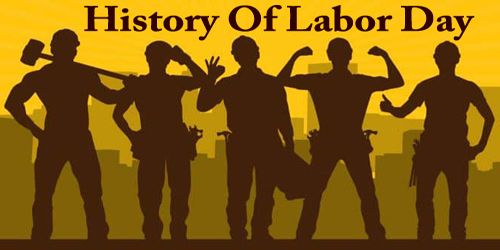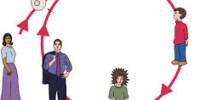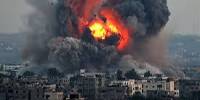Labor Day was first celebrated by local municipalities and states before becoming a national holiday. The first Labor Day was celebrated on Tuesday, 5th September 1882, in New York City, according to the Department of Labor. It was organized by the New York Central Labor Union, which was made of several labor unions coming together to work toward better working conditions. The second Labor Day followed a year later, on September 5, 1883.
Labor Day wasn’t part of a three-day weekend until 1884 when the first Monday in September was selected as the holiday, as originally proposed by the Central Labor Union, which encouraged other cities and states to honor workers as well. From 1885 to 1894, 32 states passed bills to adopt a day to honor workers.
On June 28, 1894, Congress passed the act establishing the first Monday in September as a legal national Labor Day holiday. To be precise, 62% of people participate in a cook-out on this holiday, according to the Hearth, Patio & Barbecue Association.
For most countries, Labor Day is synonymous with or linked with, International Workers’ Day, which occurs on 1st May. For other countries, Labor Day is celebrated on a different date, often one with special significance for the labor movement in that country. Labor Day is a public holiday in many countries.
In Canada and the United States, the holiday is celebrated on the first Monday of September and considered the unofficial end of summer, with summer vacation ending and students returning to school around then.
Significance of Labor Day –
Labor Day is a very significant holiday in a different country in the world and in India also. Here are some reasons why it is so much significant to the population.
- When they work in an organized, concerted way. Then workers become very powerful Labor Day is a day that unites workers together and reminds them of their power when they act in unity.
- Workers can often feel ignored, mainly when they do vigorous or otherwise emotionally and physically taxing jobs. Labor Day is a day when workers can feel respected for the work that they have done all over the year.
- On Labor Day, workers and their needs and rights are in focus. This day can be a motivation for refining worker’s efforts. They learn about their rights and to campaign and make movements. In this way, they can make secure a better life for themselves and their families.
- Economic data about growth, output, input, and productivity can often unclear. The men and women who essentially power the economy with their work. So On Labor Day, we are reminded that the economy is something that affects. Real men and women essential for that.
- The awesome majority of countries celebrate Labor Day on the same day, May 1st. This means that this day does not just bring together workers in India. But it also gives a sense of those workers all over the world, which unites them through their common struggle and their common experiences.
- This day is important as it enables workers to take some much-needed rest from their work and to collect their thoughts, spend time with their loved ones, or just recover their energies.
- This day motivates people to get into work and to work hard. This will help to retain the economy going. It also encourages men and women to follow their chosen careers, to do their best at them. In this way, they contribute to their society.
The original intent of Labor Day was to provide a holiday that would honor the social and economic achievements of American workers. Essentially, it was intended to be an annual national tribute to the contributions workers have made to the strength, prosperity, and well-being of the country.
During the industrial revolution, in particular, American workers built a strong nation with infrastructures such as railways, dams, roads, and bridges. While rich and powerful men, such as Andrew Carnegie, often get the credit, it was the workers who turned these great men’s visions into reality.
Labor Day is still celebrated in cities and towns across the United States with parades, picnics, barbecues, fireworks displays and other public gatherings. For many Americans, particularly children and young adults, it represents the end of the summer and the start of the back-to-school season.
Information Sources:
















